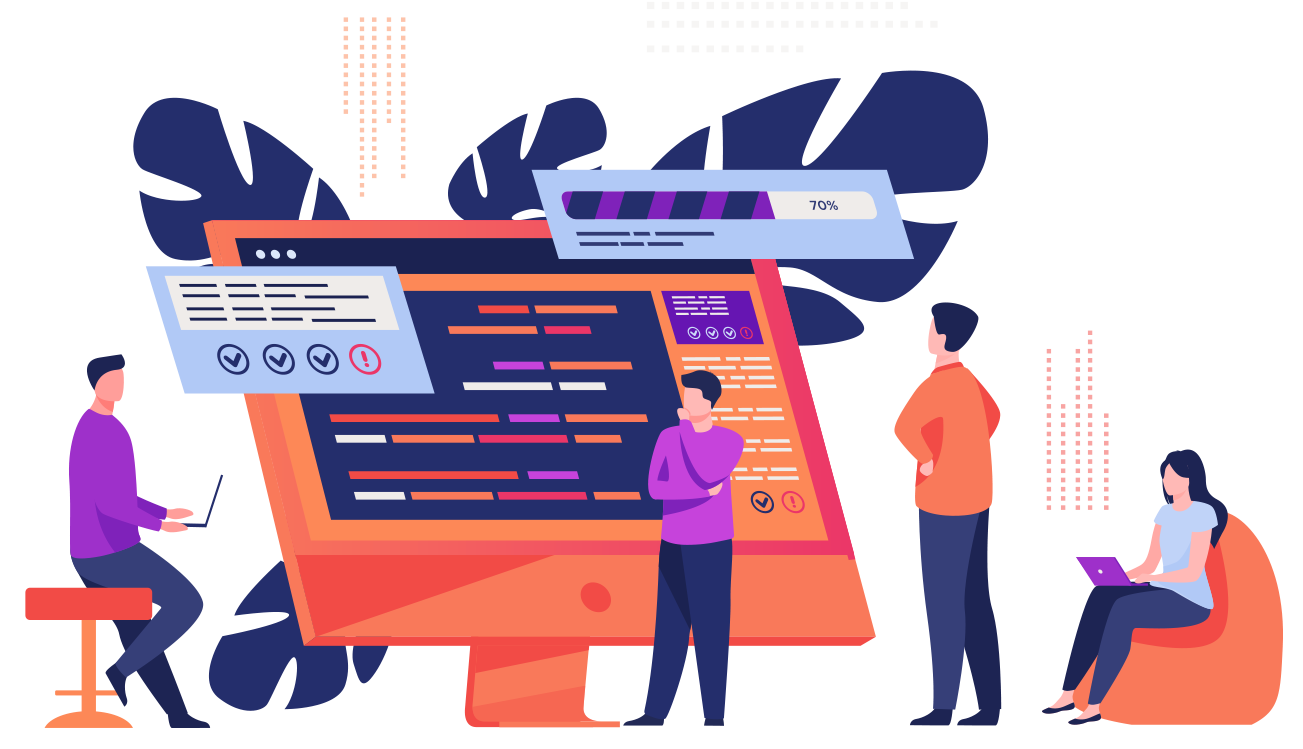Probably without even realizing it, you have experienced time and time again the effectiveness of 360-degree marketing campaigns. And the fact that you didn’t even notice it proves how well it was executed.
Imagine this scenario… You notice a poster or billboard for a new pair of shoes and then you hear an ad for the same shoes on the radio; you spot an ad for them in your Facebook newsfeed, and then you receive a postcard with a coupon for them in your mailbox.
At that point, you can’t stop thinking about them, so you go to your computer to pull up the landing page listed on the postcard, which is specifically designed for that campaign. After you make your purchase, you begin to receive emails from them for similar shoes and accessories you also want to own.
This is the magic of a well-thought-out 360-degree marketing strategy. It feels like the company is everywhere, and the more times you see their ads, the more you want what they are offering.
A 360-degree marketing campaign takes integrated marketing strategies to a new level, with the goal being to cohesively deliver an offer consistently across all touchpoints, platforms, and devices at the right time, in the right place, and with the right message.


Taking this kind of holistic approach ensures that every possible interaction with a prospect or customer is meaningful. It means that when your target market sees a tagline to a campaign on social media, they will also see it when they visit your website or when they receive an email from you.
Companies use this approach to make big changes and to have them noticed. Some changes might include:
It’s a user-centric concept that provides a complete view of the customer journey from beginning to purchase and beyond, helping to smoothly move customers through this process. The mark of a truly successful 360-degree marketing strategy is when there are no gaps for customers to fall through.
The truth is anything marketing-related can fit into a 360-degree marketing campaign. However, there are some key components that shouldn’t go overlooked. Here are some assets that are crucial to the success of your campaign…
An Effective Website
Your website is often your company’s first impression, and it certainly makes a lasting impression. It should provide ease of use, be professionally designed, and convey an image of authority and trust. UX (user experience) is paramount with websites of today. Because of this, load times should be quick and websites should be responsive and easy to use on mobile.
Being effective also means complying with Google’s new set of rules, referred to as the Core Web Vitals. Ultimately, this means making sure your website is mobile friendly and adheres to Google’s loading time standards.
When talking about your website as part of a 360-degree marketing campaign and overall strategy, landing pages are essential. Sending targeted prospects to a specific page for the exact campaign they found you through is what will add to the consistency required in this type of marketing.
Email, Social And Content Marketing
Many assume that email is dead, but this couldn’t be further from the truth. Email marketing is still one of the best ways to nurture leads along a journey from strangers to loyal customers. By providing useful information, creating keep-in-touch autoresponders, and spreading important news and deals through email, you can regularly stay in front of your customers and prospects.
If you do your email marketing right and use software that allows you to properly segment your lists, you can learn a lot about your customers and prospects so that your 360-degree marketing campaigns can be even more effective moving forward. For example, you can set up an automation that puts people who click on a certain link or make a certain purchase into their lists so that you can market to them separately.
Social media is one of the best ways to engage with customers and prospects. In your 360-degree marketing strategy, it can be the glue that holds it all together, as it can be used to strengthen relationships, raise brand awareness, and interact with followers.
Ensure that your social media actions are in alignment with the image you are trying to portray and the message you want to get across with your marketing campaigns. Bring value to your posts, always reply to your comments and messages, and respond with tact to negative comments.
Lastly, keep in mind how social media strategies change. For example, being the isolated year it was, 2020 brought us more shoppers on social media. We can expect to see more community-driven social media trends in 2021.
Content marketing is the marketing of today because it provides a large amount of value to your followers and it keeps Google happy at the same time. Through quality content, you can increase brand awareness, establish your company as an industry authority, land new customers, and drive organic traffic.
Remember that content marketing is more than just articles. It can also include infographics, videos, e-books, social media, and more. And it’s best to include some variety in the types of content you produce. Further, it’s well worth developing a content marketing calendar to organize your efforts and increase the likelihood of 360-degree marketing success.
